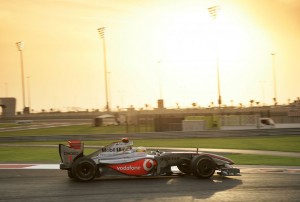 The FIA now publishes the weights of each car after qualifying on Saturday. Those cars that make it through to the final qualifying session must use the fuel they qualified with while the rest of the field may refuel before the race.
The FIA now publishes the weights of each car after qualifying on Saturday. Those cars that make it through to the final qualifying session must use the fuel they qualified with while the rest of the field may refuel before the race.
Below is a graph showing the actual top ten qualifying times as well as those times adjusted for the weight of fuel each car is carrying. The graph assumes a standard lap time cost of 0.3 seconds per 10kg of fuel.
Looking at these weights we can see that while everyone is roughly in position, Lewis Hamilton really is a lot faster than anyone else. It’s hard not to imagine Hamilton driving off into the distance on Sunday leaving everyone else behind.
Trulli looks quite fast so a podium for him isn’t totally out of the question but it is more likely a McLaren and two Red Bulls will take the final podium positions of 2009.
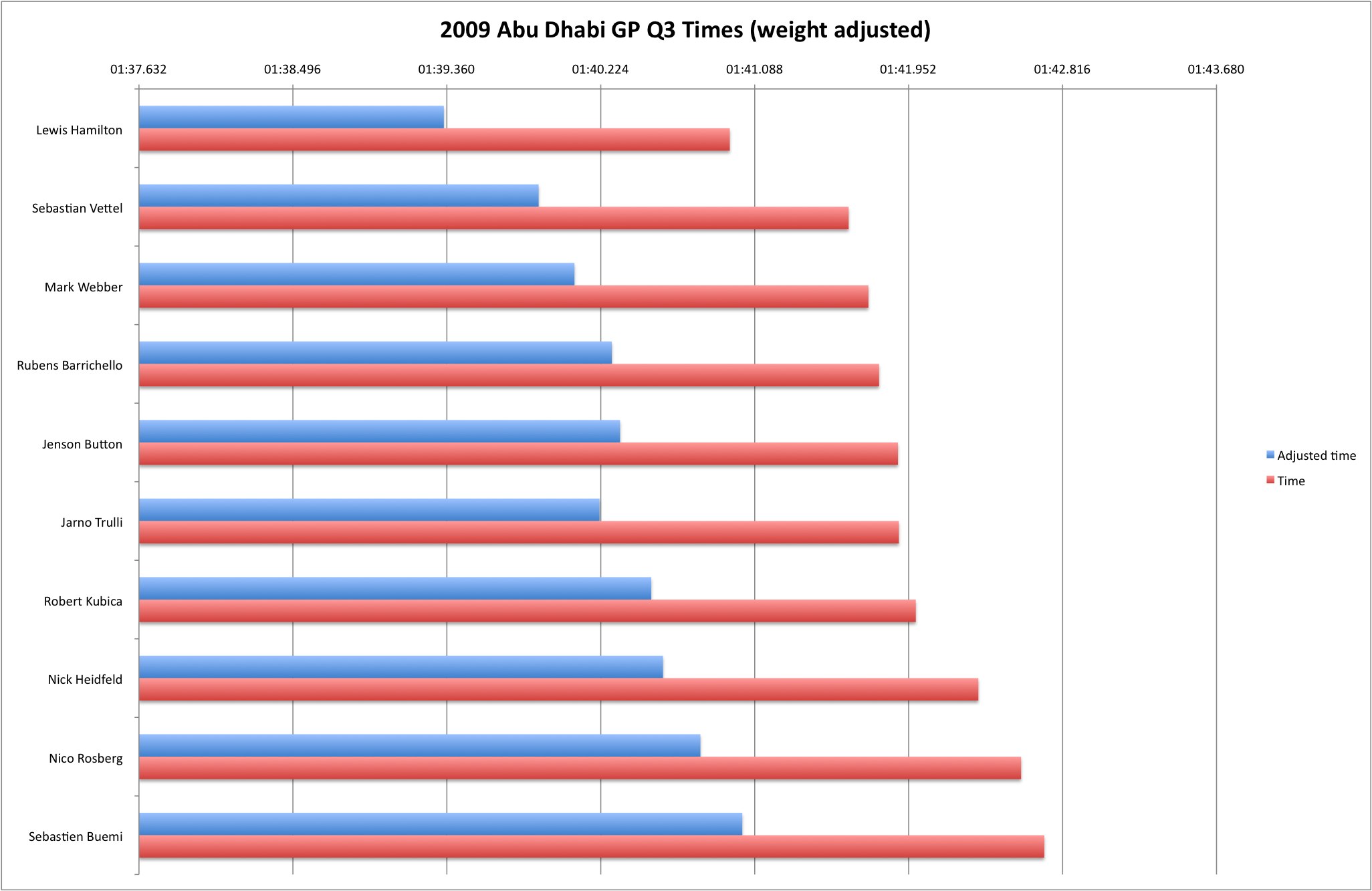
2009 Abu Dhabi Grand Prix Car Weights
Image: McLaren
 The McLarens have looked strong all weekend in Abu Dhabi but while Heikki Kovalainen stopped in Q2 with drive problems it all came together for Lewis Hamilton as he took a stunning pole position for Sunday’s season-ending Grand Prix.
The McLarens have looked strong all weekend in Abu Dhabi but while Heikki Kovalainen stopped in Q2 with drive problems it all came together for Lewis Hamilton as he took a stunning pole position for Sunday’s season-ending Grand Prix.
Lewis looked completely at home on the new circuit and as twilight faded quickly to darkness he was nearly a second faster than the two Red Bulls of Sebastian Vettel and Mark Webber behind him.
Speaking after qualifying, Lewis said:
The car is the best it has been all year. It was a smooth lap, and it just kept getting better and better.
Rubens Barrichello beat his team mate, and new World Champion, Jenson Button to fourth place on the grid.
Jarno Trulli got his Toyota up into sixth place ahead of the two BMWs with Rosberg and Buemi rounding out the top 10.
Ferrari had a disappointing session with Fisichella dropping out in Q1 in last place and Raikkonen only making it to P11.
2009 Formula One Abu Dhabi Grand Prix Qualifying Results
| Pos |
Driver |
Team |
Time |
| 1 |
Lewis Hamilton |
McLaren-Mercedes |
01:40.948 |
| 2 |
Sebastian Vettel |
Red Bull-Renault |
01:41.615 |
| 3 |
Mark Webber |
Red Bull-Renault |
01:41.726 |
| 4 |
Rubens Barrichello |
Brawn-Mercedes |
01:41.786 |
| 5 |
Jenson Button |
Brawn-Mercedes |
01:41.892 |
| 6 |
Jarno Trulli |
Toyota |
01:41.897 |
| 7 |
Robert Kubica |
BMW Sauber |
01:41.992 |
| 8 |
Nick Heidfeld |
BMW Sauber |
01:42.343 |
| 9 |
Nico Rosberg |
Williams-Toyota |
01:42.583 |
| 10 |
Sebastien Buemi |
Toro Rosso-Ferrari |
01:42.713 |
| 11 |
Kimi Raikkonen |
Ferrari |
01:40.726 |
| 12 |
Kamui Kobayashi |
Toyota |
01:40.777 |
| 13 |
Heikki Kovalainen |
McLaren-Mercedes |
01:40.983 |
| 14 |
Kazuki Nakajima |
Williams-Toyota |
01:41.148 |
| 15 |
Jaime Alguersuari |
Toro Rosso-Ferrari |
01:41.689 |
| 16 |
Fernando Alonso |
Renault |
01:41.667 |
| 17 |
Vitantonio Liuzzi |
Force India-Mercedes |
01:41.701 |
| 18 |
Adrian Sutil |
Force India-Mercedes |
01:41.863 |
| 19 |
Romain Grosjean |
Renault |
01:41.950 |
| 20 |
Giancarlo Fisichella |
Ferrari |
01:42.184 |
Image: McLaren
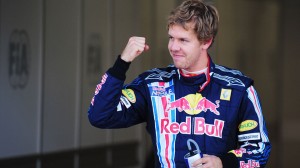 The FIA now publishes the weights of each car after qualifying on Saturday. Those cars that make it through to the final qualifying session must use the fuel they qualified with while the rest of the field may refuel before the race.
The FIA now publishes the weights of each car after qualifying on Saturday. Those cars that make it through to the final qualifying session must use the fuel they qualified with while the rest of the field may refuel before the race.
Below is a graph showing the actual top ten qualifying times as well as those times adjusted for the weight of fuel each car is carrying. The graph assumes a standard lap time cost of 0.3 seconds per 10kg of fuel.
From these weights we can see that Adrian Sutil is running a little lighter than the other top 10 qualifiers and will have to make sure he has a good start to keep in front of Barrichello.
Everyone else seems to be roughly in position but Vettel’s blistering pace is clearly evident. Jarno Trulli may be starting on the front row of the grid but unless Vettel makes a mistake it is unlikely Toyota will score their first win on Sunday.
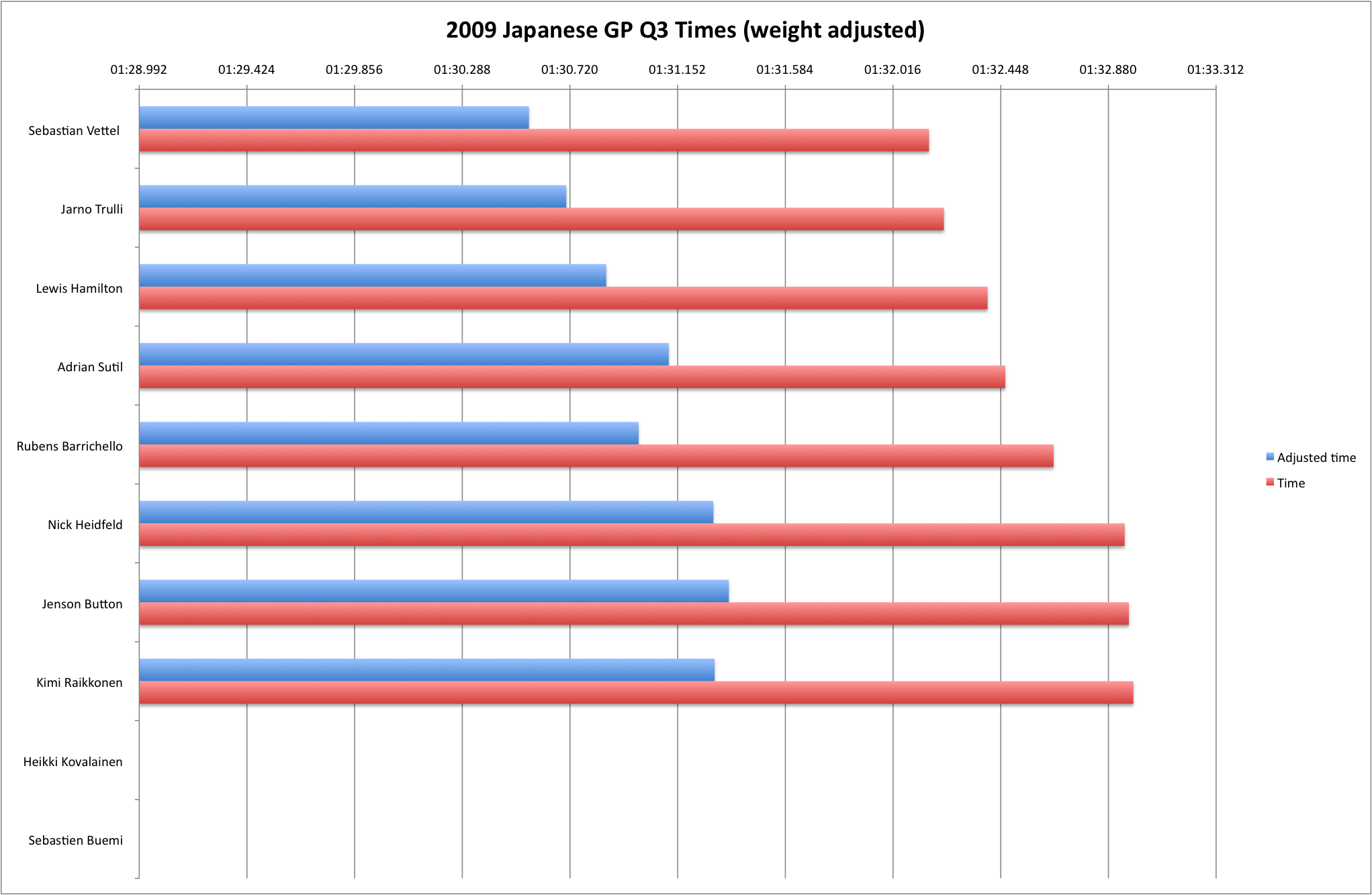
2009 Japanese Grand Prix Car Weights
Image: Red Bull
September 27th, 2009
David
 The FIA now publishes the weights of each car after qualifying on Saturday. Those cars that make it through to the final qualifying session must use the fuel they qualified with while the rest of the field may refuel before the race.
The FIA now publishes the weights of each car after qualifying on Saturday. Those cars that make it through to the final qualifying session must use the fuel they qualified with while the rest of the field may refuel before the race.
Below is a graph showing the actual top ten qualifying times as well as those times adjusted for the weight of fuel each car is carrying. The graph assumes a standard lap time cost of 0.3 seconds per 10kg of fuel.
From these weights we can see that while nobody is really out of place when adjusted for fuel, Lewis Hamilton is quite a bit faster that his nearest rival Sebastian Vettel. Starting from pole with KERS power Hamilton has every chance of taking the win.
Rosberg’s best qualifying this season was done on merit as well and fuel adjusted he was faster than Vettel in front of him.
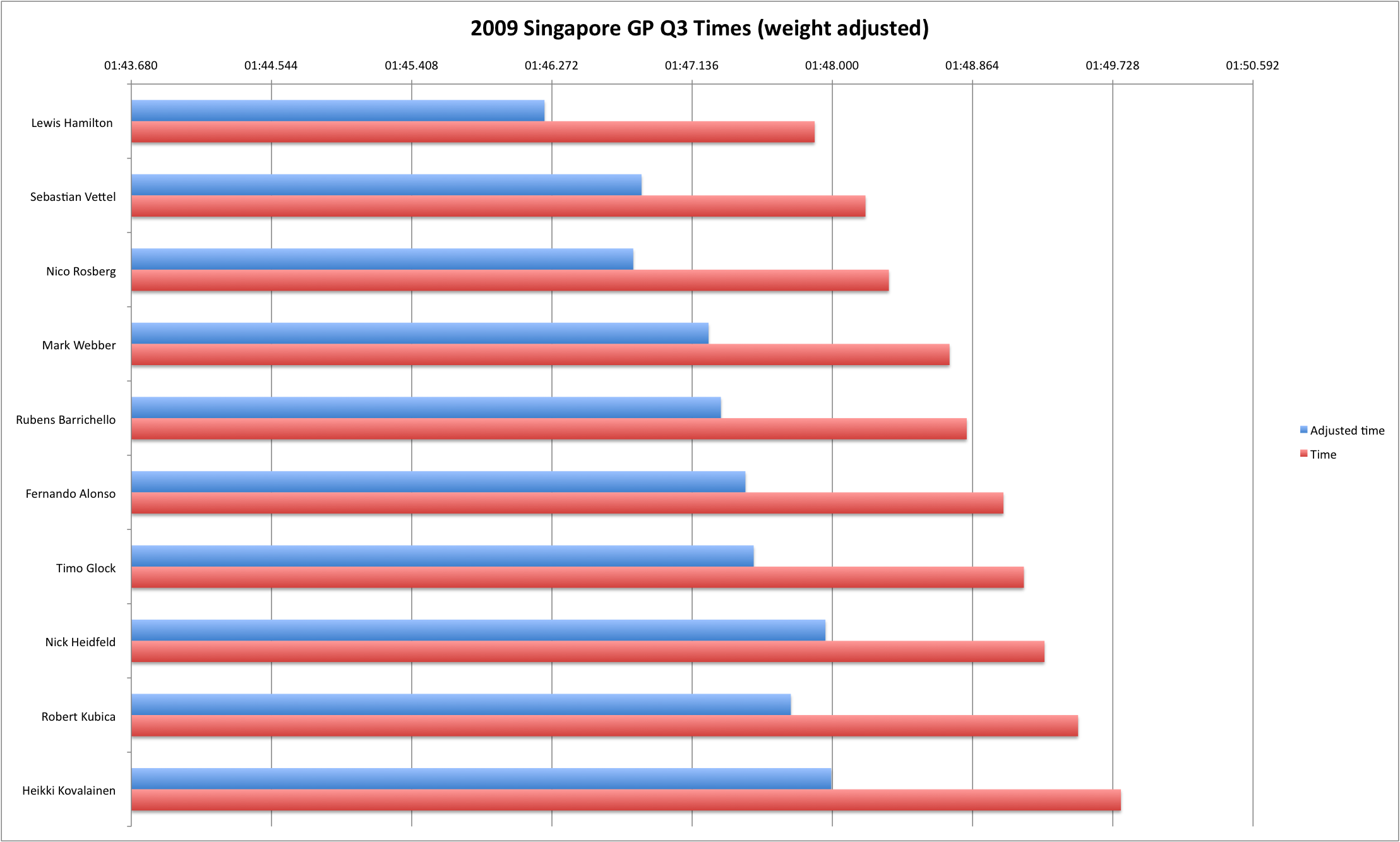
2009 Singapore Grand Prix Car Weights
Image: Williams
September 12th, 2009
David
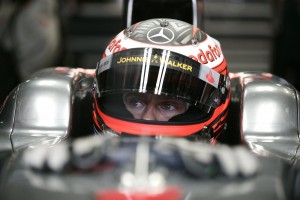 The FIA now publishes the weights of each car after qualifying on Saturday. Those cars that make it through to the final qualifying session must use the fuel they qualified with while the rest of the field may refuel before the race.
The FIA now publishes the weights of each car after qualifying on Saturday. Those cars that make it through to the final qualifying session must use the fuel they qualified with while the rest of the field may refuel before the race.
Below is a graph showing the actual top ten qualifying times as well as those times adjusted for the weight of fuel each car is carrying. The graph assumes a standard lap time cost of 0.3 seconds per 10kg of fuel.
From these weights we can see that, while they may be on the third row, the two Brawns look quick. They will be one-stopping and Hamilton will have to really fly off the start to prevent being jumped in his second stop.
Interestingly, the two McLarens seem to be on different strategies. Kovalainen looks to be one-stopping and, adjusted for fuel, he was the fastest man in qualifying. Starting on the second row, a podium or even a win looks a real possibility for Heikki on Sunday.
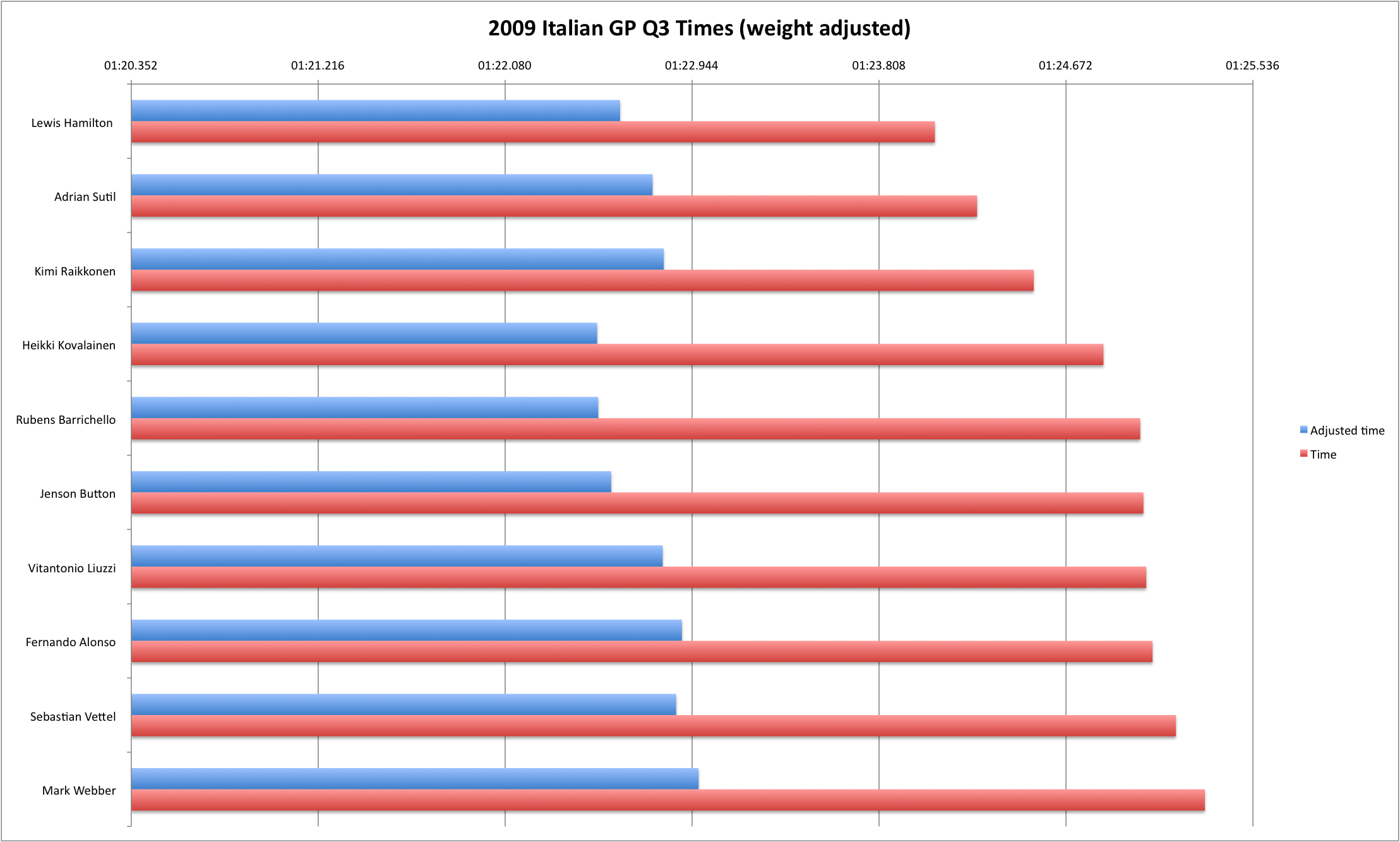
2009 Italian Grand Prix car weights
Image: McLaren
 The FIA now publishes the weights of each car after qualifying on Saturday. Those cars that make it through to the final qualifying session must use the fuel they qualified with while the rest of the field may refuel before the race.
The FIA now publishes the weights of each car after qualifying on Saturday. Those cars that make it through to the final qualifying session must use the fuel they qualified with while the rest of the field may refuel before the race.
 The McLarens have looked strong all weekend in Abu Dhabi but while Heikki Kovalainen stopped in Q2 with drive problems it all came together for Lewis Hamilton as he took a stunning pole position for Sunday’s season-ending Grand Prix.
The McLarens have looked strong all weekend in Abu Dhabi but while Heikki Kovalainen stopped in Q2 with drive problems it all came together for Lewis Hamilton as he took a stunning pole position for Sunday’s season-ending Grand Prix. The FIA now publishes the weights of each car after qualifying on Saturday. Those cars that make it through to the final qualifying session must use the fuel they qualified with while the rest of the field may refuel before the race.
The FIA now publishes the weights of each car after qualifying on Saturday. Those cars that make it through to the final qualifying session must use the fuel they qualified with while the rest of the field may refuel before the race.
 The FIA now publishes the weights of each car after qualifying on Saturday. Those cars that make it through to the final qualifying session must use the fuel they qualified with while the rest of the field may refuel before the race.
The FIA now publishes the weights of each car after qualifying on Saturday. Those cars that make it through to the final qualifying session must use the fuel they qualified with while the rest of the field may refuel before the race.
 The FIA now publishes the weights of each car after qualifying on Saturday. Those cars that make it through to the final qualifying session must use the fuel they qualified with while the rest of the field may refuel before the race.
The FIA now publishes the weights of each car after qualifying on Saturday. Those cars that make it through to the final qualifying session must use the fuel they qualified with while the rest of the field may refuel before the race.